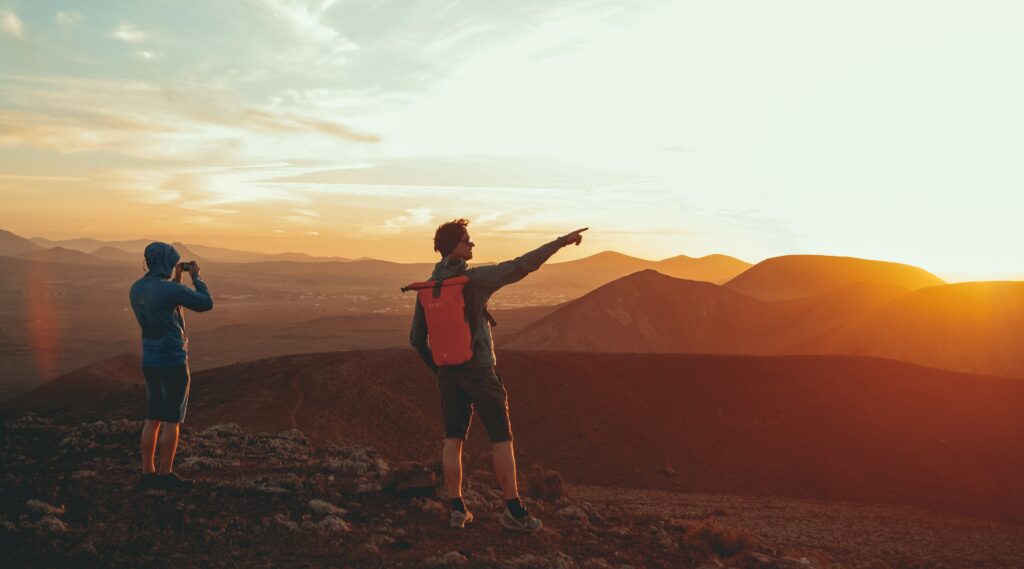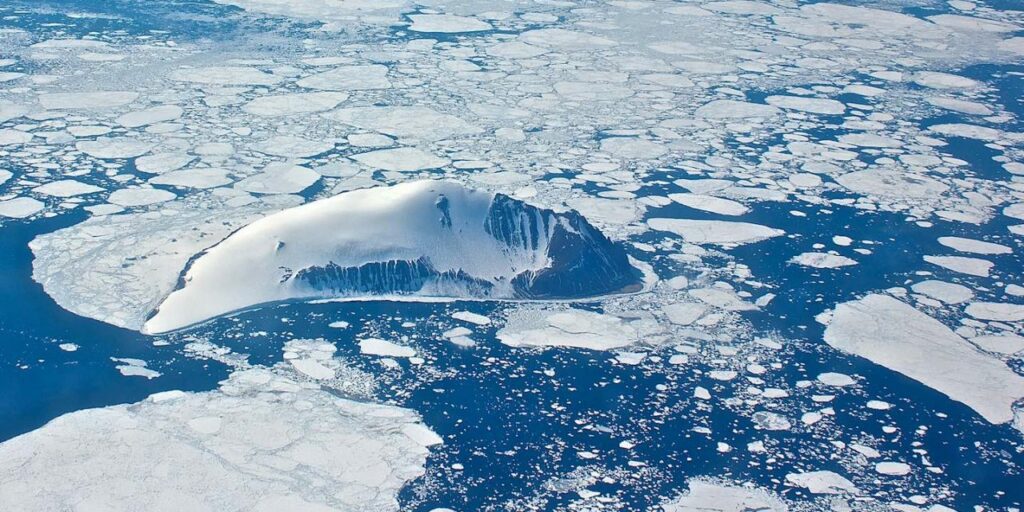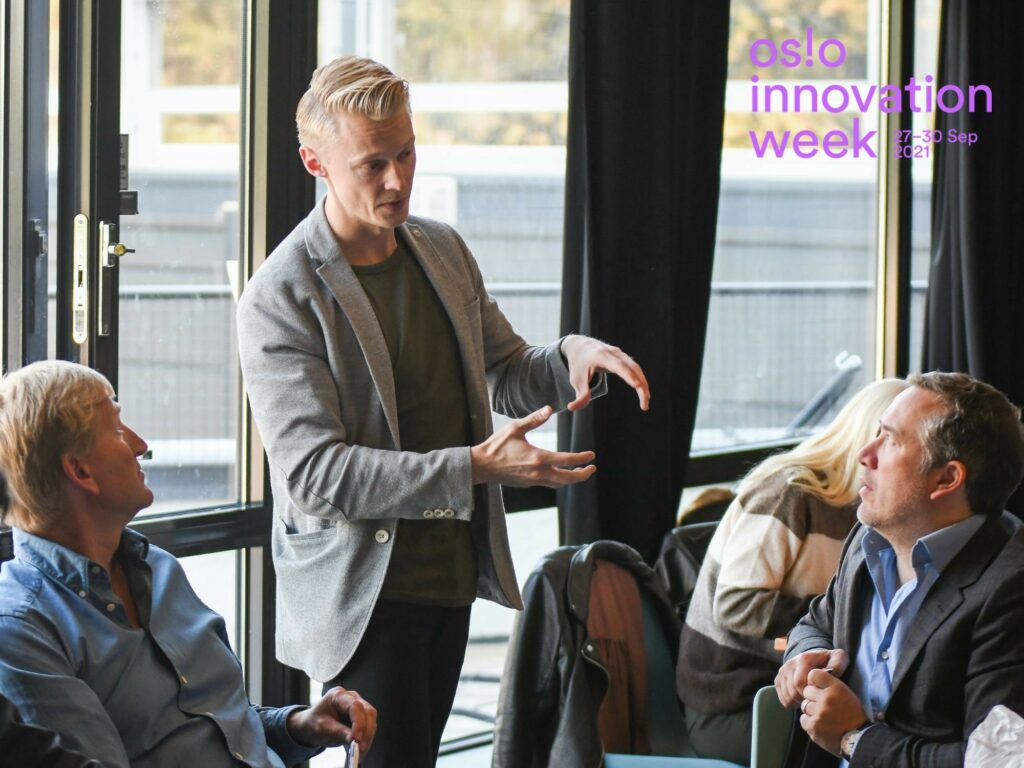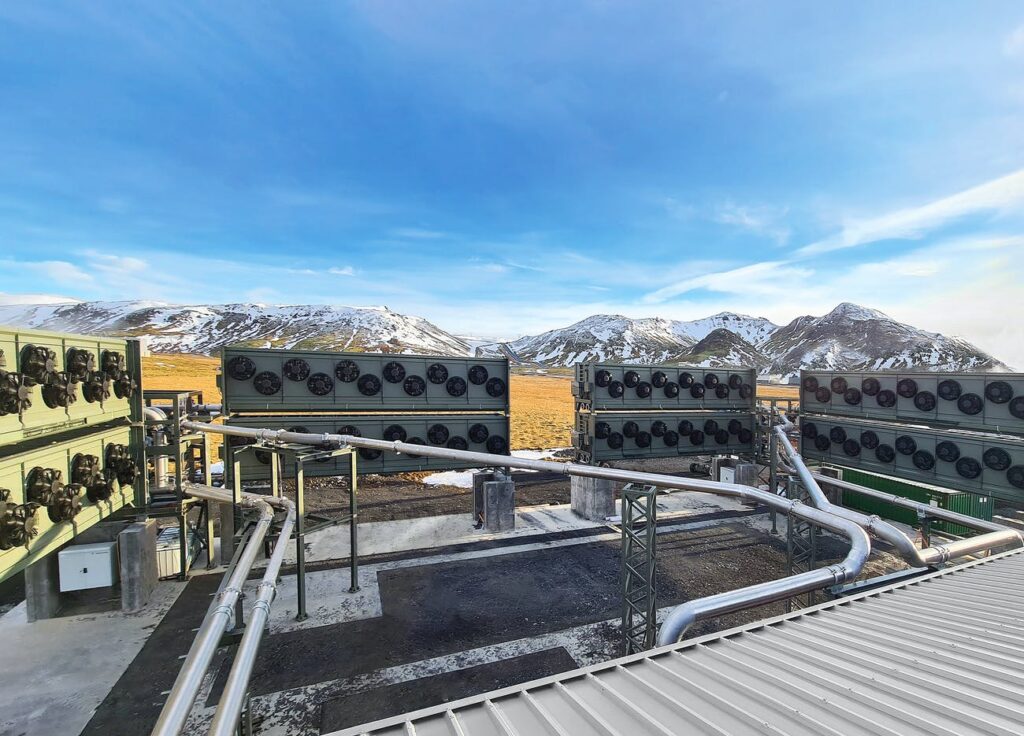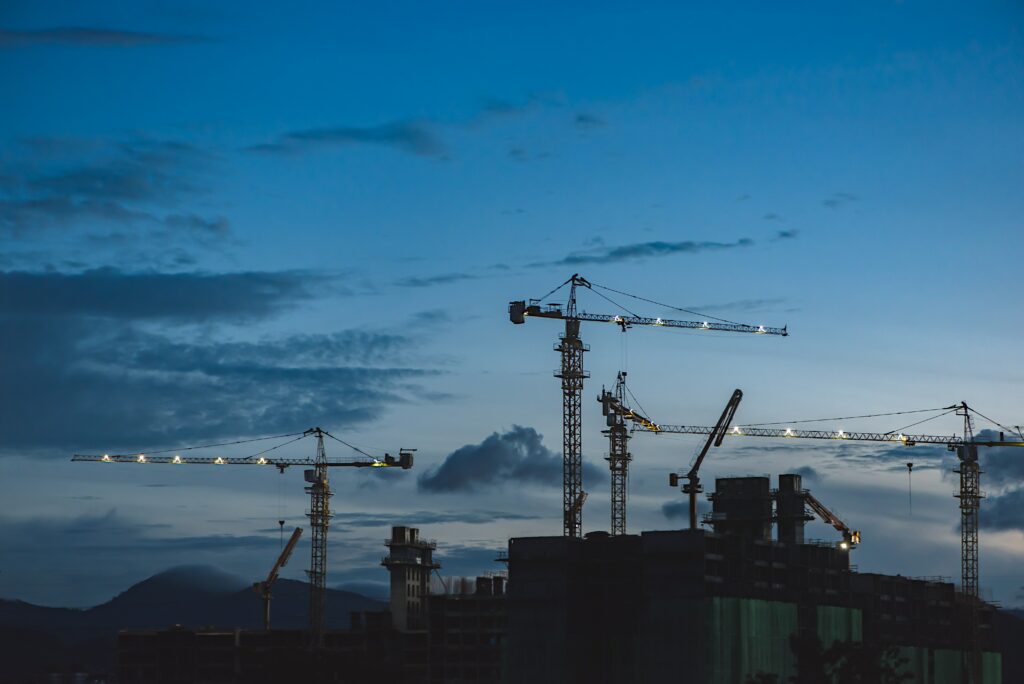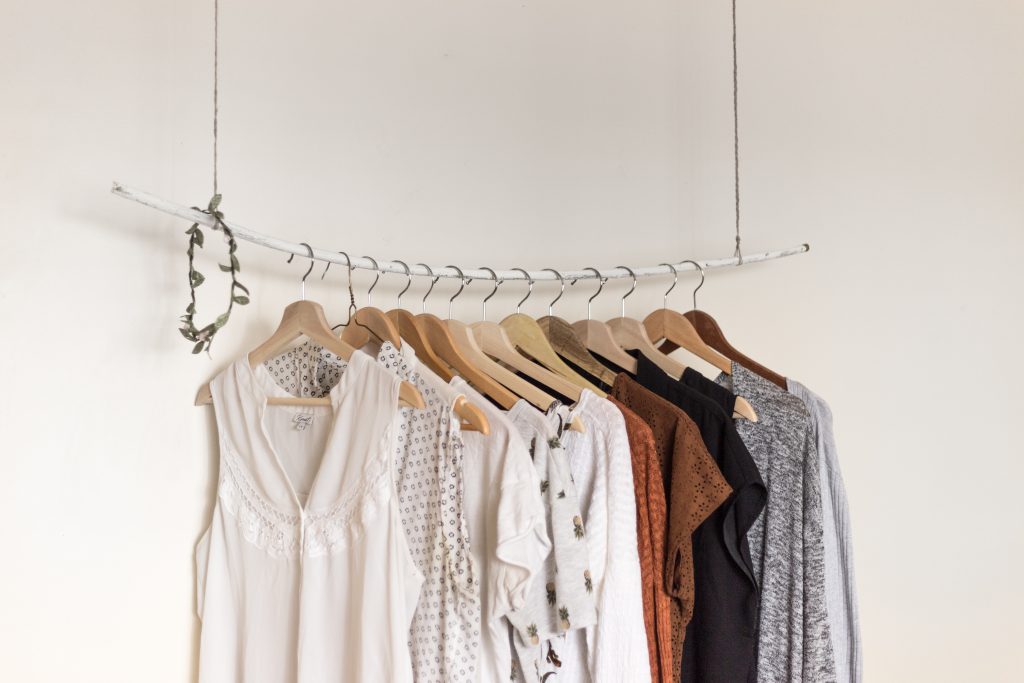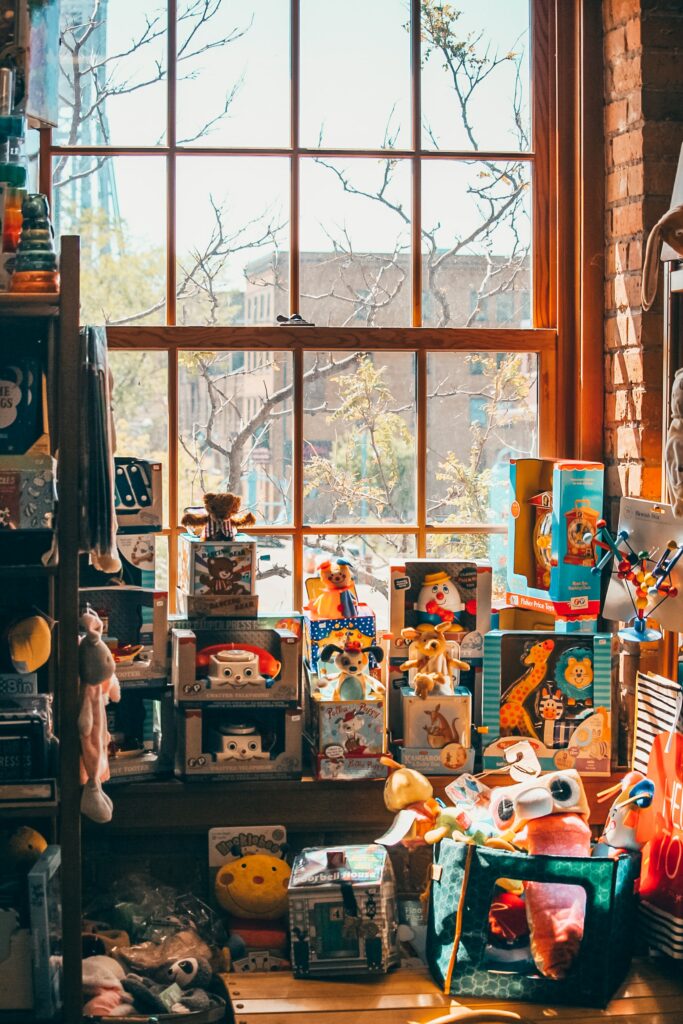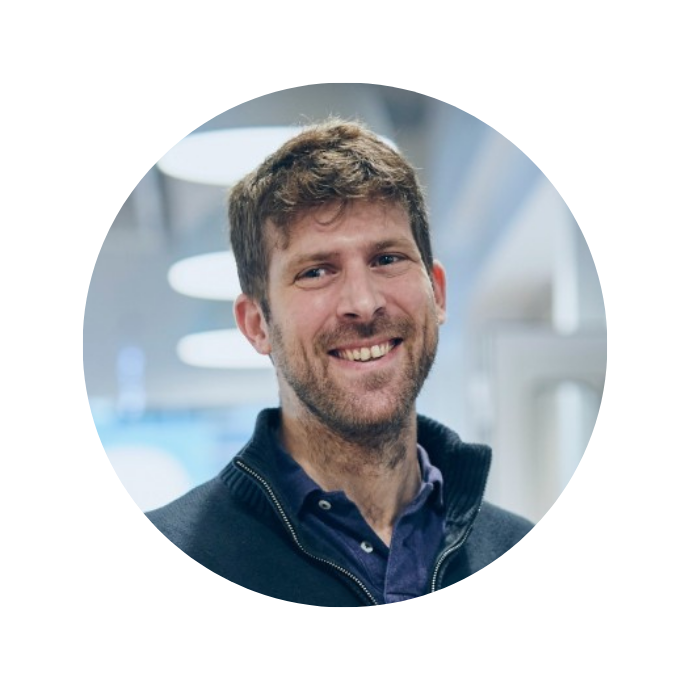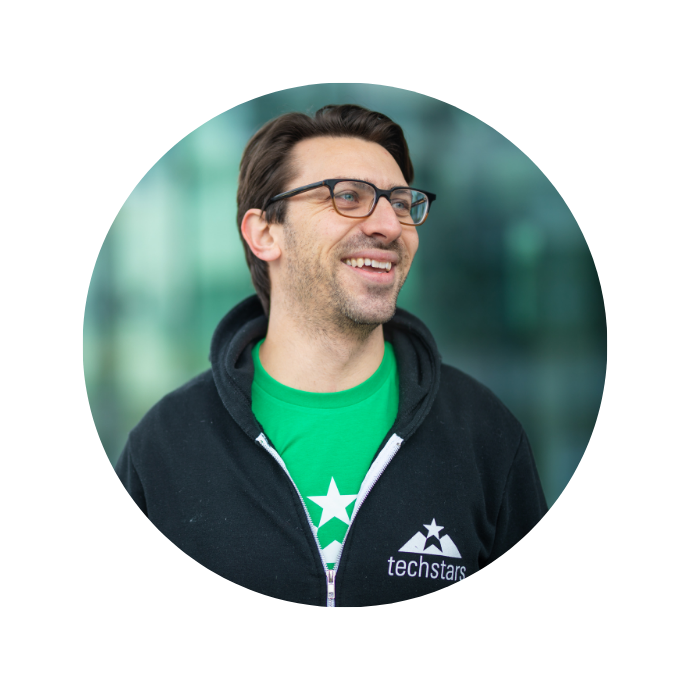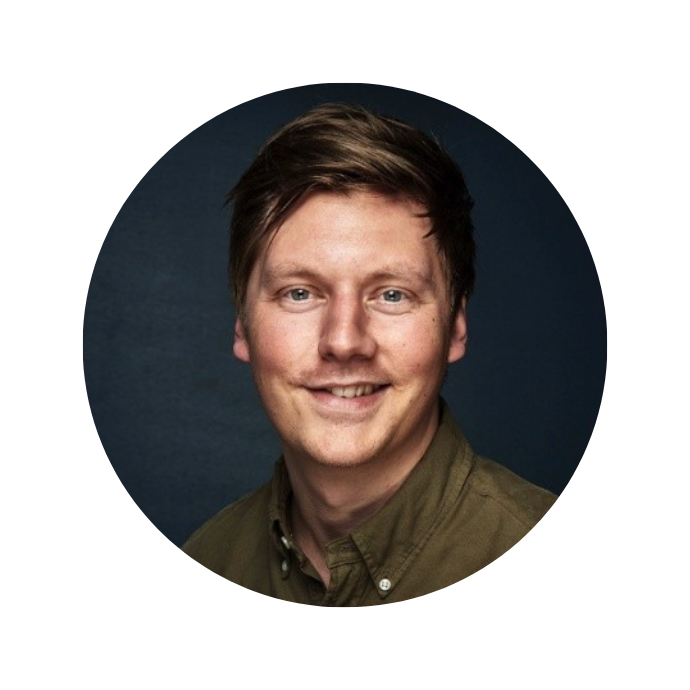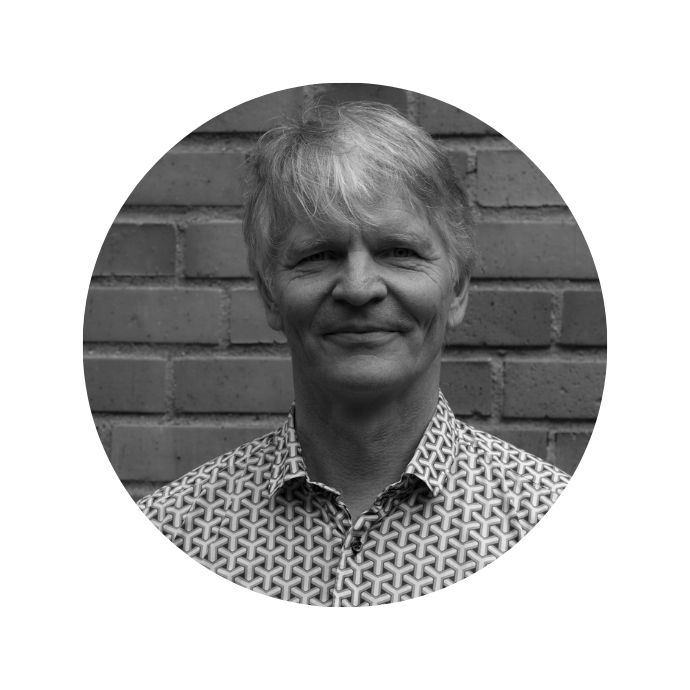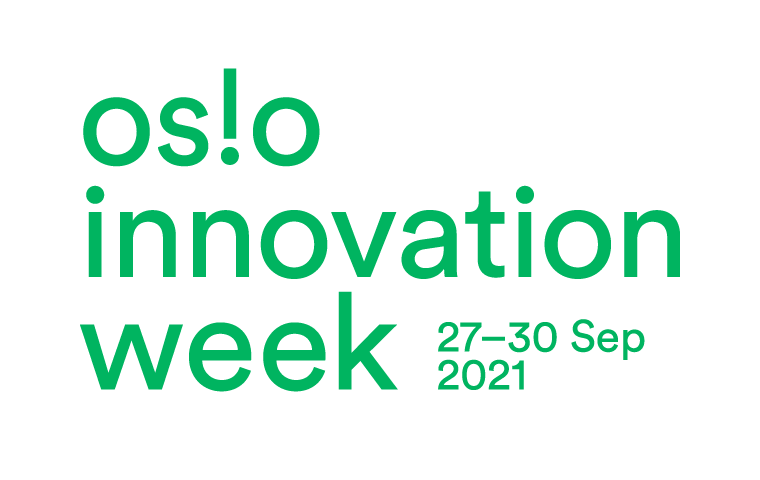Let's build circularity around the next generation!
The norm today is to buy new things, like clothes, toys, books or sports equipment, for our kids. But why, when we know the kids will lose interest and grow out of them within months? What will the future of toys and childrenswear look like with circular solutions? Join us in a LOOP Lab with focus on kids. And let’s build circularity around the next generation!
Less environmentally friendly households
It is not surprising that becoming a parent makes your household 25% less environmentally friendly. However, 71% of parents say they became more concerned about sustainability after having a child.
Clearly there is a need and demand to find better models to produce, use and reuse toys, baby equipment and clothes.
- Businesses need to offer circular solutions
- Parents need to shift their mindset and live by example
- By doing so, kids will be introduced to a circular mindset from an early age.
What?
One digital workshop based on design thinking methodology. Our team will facilitate the session and it does not included any preparations from you. We only expect you to bring and share your own insights and experiences.
Who?
You are a Nordic professional excited to explore business with circular solutions. Maybe you are working in toy manufacturing, retail, childrenswear, baby products or resale/reuse.
When and where?
Goal
For you to get inspired to take action and start collaborating with the necessary actors to go from strategy to action.
Nordic Circular Summit 2021
LOOP Lab Kids is a Nordic Circular Summit 2021 pre-session. The Nordic Circular Summit is a four-day digital summit exploring circular economy in the Nordic region. It is co-hosted and produced by Nordic Circular Hotspot and Nordic Innovation, and is an official World Circular Economy Forum (WCEF) Side Event.
Learn more and sign up at nordiccircularsummit.com.
